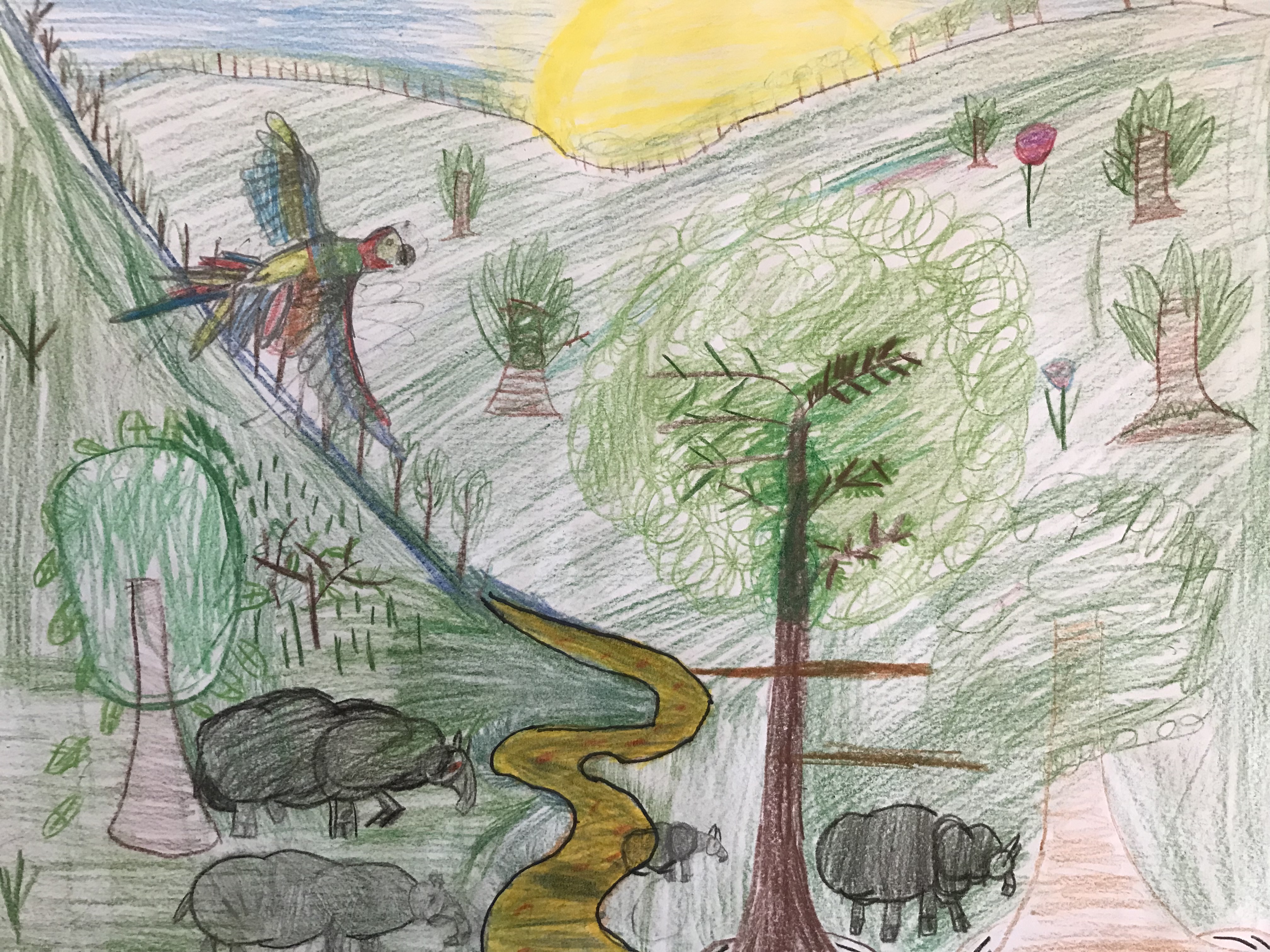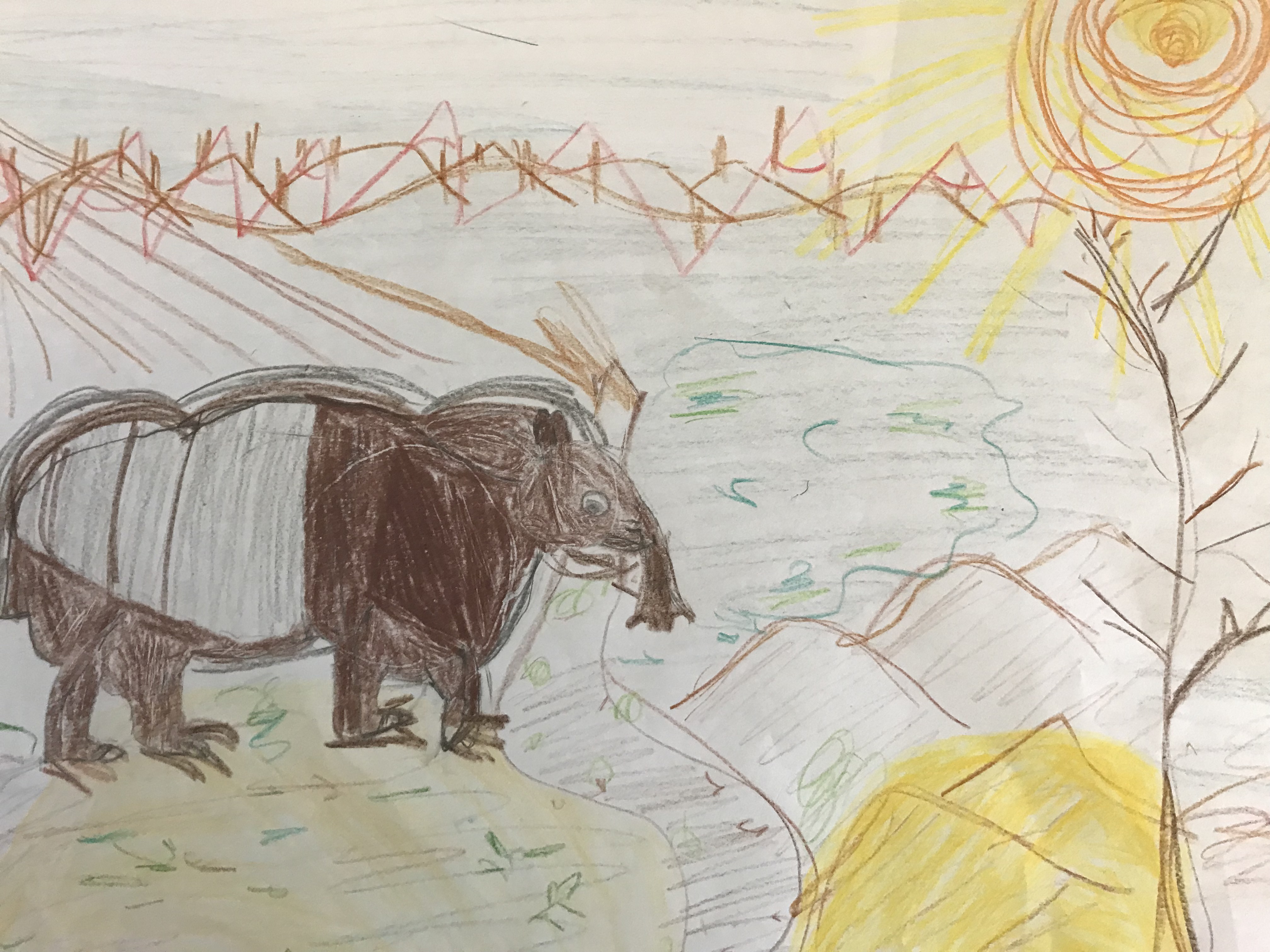The tapir is the largest land mammal in South America. They are resilient animals that survived waves of extinction over thousands of years.
Tapirs weigh up to 700 pounds and look like a cross between a hippo, deer, and anteater. Their snouts are prehensile protuberances used to forage in thick forest floors or grab leaves and fruits from high branches or as snorkels when swimming. Tapirs thrive in undisturbed habitats in forests and deep pools of water.
In the future, these tough animals will contend with the earth’s biosphere being shaped by increasing carbon dioxide levels in the atmosphere, radiation through holes in the ozone layer, and habitat destruction from illegal logging, encroachment of reservations, roads, and farming. Tapirs may survive if they evolve wider prehensible noses for consuming CO2-loving algae, tougher hides to shield against radiation, and adapt their hind feet to wading in algae rich marshes.
Contact us
Thank you for your interest in contacting Future Engineers. We look forward to connecting with you!
General Inquiries
support@futureengineers.orgSponsorship Inquiries
sponsor@futureengineers.org

